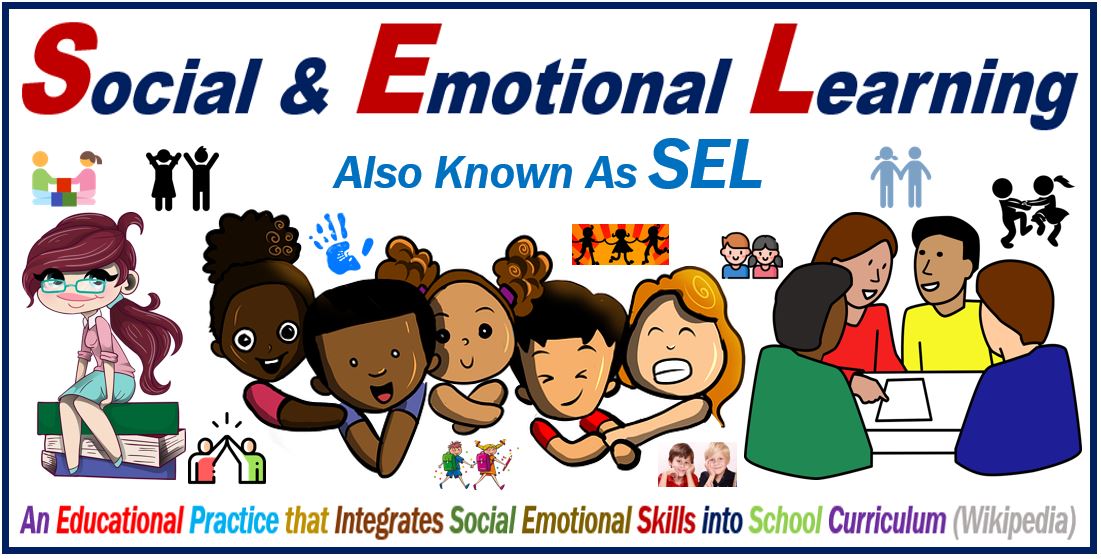Student outcomes can improve when educators and support professionals understand the importance of encouraging social and emotional competence in students. By using a competency assessment in the general education classroom, students will reveal positive behaviors that can be further developed through the academic journey.
Assessments are often considered a cornerstone of both effective instruction and student learning, and SEL areas of development are just as important to evaluate as instruction in traditional academic disciplines.

The Shift From Traditional Perspectives
Rather than moving through an assessment to look for deficiencies in a student, SEL competency assessments will quantify a student’s level of both social and emotional competence. It is important to note that this data can be as rigorously evaluated as math or science competencies.
There are multiple tools that can be used to measure the competencies as well, but the goal is to work from a strength-based perspective rather than an approach that is remediation-oriented. Overall, SEL awareness across the classroom will better inform decision-making to promote student success academically and beyond.
The Standards of Evaluation
Many school counties, whether through local or state directives, have adopted shared standards with regard to competency levels. These expectations provide a framework for knowing which competencies should be present within the various ages of development. Paying attention to these standards informs how classroom management and instruction should occur.
The standards should also inform what competencies will be assessed and at what point in time. The most important thing to remember is that there should be consistency among the different aspects of SEL development, from the initial standards to teaching and assessments.
The Assessment Models of SEL
There are five broad categories of SEL competencies that are given much focus in school standards, and these include self-awareness, self-management, social awareness, responsible decision-making and relationship skills. This covers the ability of a student to cognitively monitor and regulate their own emotions and resolve conflicts, as well as make ethical decision-making in both personal and social contexts.
An indirect assessment is a self-report structure where students complete a survey on their own competencies. A teacher can also report or rate the child’s behaviors in regard to SEL competencies. Ratings could include almost never to almost always responses.
In the direct assessment, students are able to demonstrate a specific competency through rational decision-making. Rather than having a child rate their behaviors, a direct assessment allows the student to display an understanding of the desired trait. For example, presenting a picture and requesting that the student select an appropriate emotional correlation shows emotional awareness based on visual cues.
Administrative records can also reveal a general sense of a student’s competency level, as these can track discipline incidents and other potentially negative events that were witnessed.
When working with assessments for SEL competencies, always determine what you first intend to measure in order to select the right instrument. Make sure the assessment instrument is relevant to the student population and that research supports the use of the instrument for the data you intend to gather from the assessment. Best practices in SEL assessments will inform teaching practices toward greater student growth and success.
Learn more about SEL competency assessments and other SEL resources at WPS.
Interesting related article: “What is Education?“

